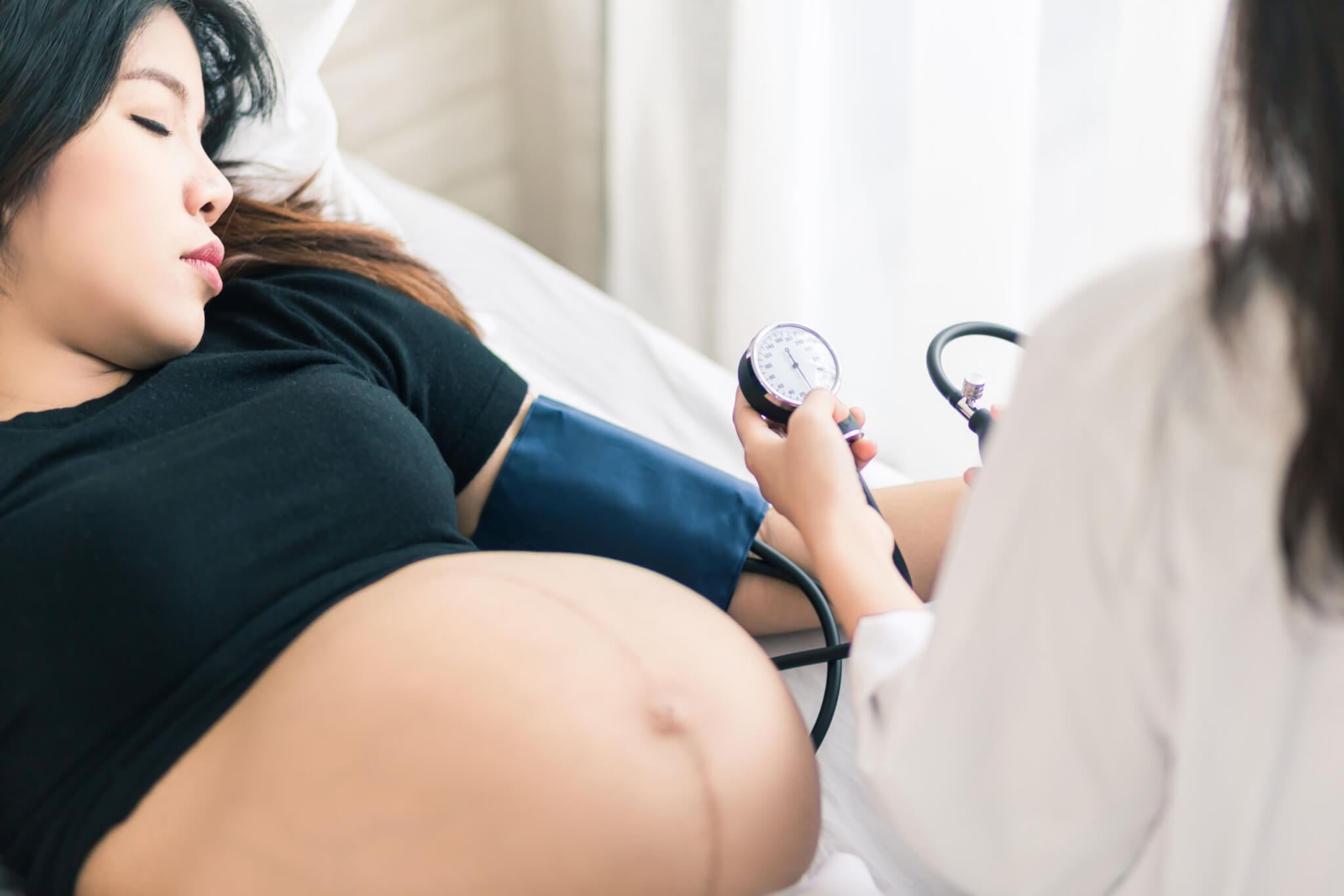NEW BRUNSWICK, N.J. — The rate of deaths during pregnancy in the United States reported by the CDC may be sharply exaggerated, according to a recent study. What’s behind this troubling overestimation? Study authors from Rutgers Health and other universities point to faulty surveillance techniques for the problem.
The National Vital Statistics System (NVSS) of the Centers for Disease Control and Prevention currently estimates that maternal death rates have more than tripled over the past 20 years to 32.9 deaths per 100,000 live births as of 2021. Notably, that’s substantially more maternal deaths than any other wealthy nation.
This latest study assessed all deaths in the United States spanning from 1999 to 2021 and reports consistent death rates of slightly more than 10 maternal deaths per 100,000 live births – which falls well in line with America’s international peers.
To be clear, a “maternal death” is one that occurs during pregnancy, childbirth, or shortly afterward, stemming from conditions directly related to or exacerbated by the pregnancy or birth. Accidental deaths, as well as those unrelated to the deceased’s pregnancy or recent delivery, should not influence the maternal death rate. However, according to the authors of this study, faulty NVSS methodology has led to many such unrelated deaths being counted as maternal deaths.
“The CDC has acknowledged in the past that errors were artificially inflating numbers, but their efforts to correct those errors haven’t worked,” says Cande Ananth, Chief of the Division of Epidemiology and Biostatistics in the Department of Obstetrics, Gynecology, and Reproductive Sciences at Rutgers Robert Wood Johnson Medical School and senior author of the study, in a media release.
“On the contrary, official estimates show maternal death rates nearly doubling between 2018 and 2021, which clearly hasn’t happened. Still, many media outlets have reported these figures as correct, and it’s important to set the record straight,” Ananth adds. “Accurate numbers are important to know where we stand and how we need to allocate money and effort to make improvements going forward.”

The study notes improvements in obstetrical care over the study period also helped lower death rates. Unfortunately, simultaneous deteriorations in underlying patient health have almost perfectly offset those gains and kept the overall death rate largely stable.
Maternal death rate estimates began to rise in 2003 when a pregnancy check box first appeared on U.S. death certificates. Close to any death certificate with a positive pregnancy checkbox was added to maternal mortality rates, Ananth explains, even when factors like the dead woman being over 85 years-old (or biologically male) cast serious doubt on the accuracy of the certificate. Due to these errors, the CDC stopped reporting maternal death rates in the United States altogether between 2007 and 2017.
Fast forward to 2018, and NVSS changed the rules on the use of checkbox information by restricting its use to only women between the ages of 15 and 44. Still, the NVSS continued to misclassify the deaths of many non-maternal and incidental deaths as maternal deaths, the study authors explain.
“If you’re pregnant and die in a car crash, that’s not a maternal death,” Ananth comments. “A big change driving recent increases in the official numbers stems from the tendency to include more and more cancers unrelated to pregnancy in maternal death rates. A woman who had a diagnosis of breast cancer before conception and then died after the pregnancy ended or – a woman who would have died if she’d never gotten pregnant – will be counted as a maternal death.”
Researchers calculated maternal death rates for the periods 1999-2002 and 2018-2021 using two different strategies. To start, they used the NVSS’s stated methodology, producing numbers that virtually matched the officially published ones. Then, they restricted maternal deaths to only those in which pregnancy appeared at least once amid the causes of death on the death certificate.
The CDC method led to estimated maternal death rates of 9.65 per 100,000 live births in the 1999-2002 period and 23.6 in the 2018-2021 period. The alternative method, on the other hand, calculated death rates of 10.2 and 10.4 per 100,000 live births, respectively. This major discrepancy suggests the previously held belief that United States maternal death rates are on the rise appears to be untrue.
While maternal death rates did remain close to identical by the latter method, study authors also found evidence indicating health care during pregnancy and after delivery has improved in a major way across many areas. A notable drop off was seen in maternal deaths attributed to infection, hypertensive disorders in pregnancy like preeclampsia or eclampsia, and other treatable causes.
Additionally, researchers note a slight narrowing of death rate differences according to race, although significant differences remain. Hispanic women showed the lowest death rate (7.46 per 100,000 live births), and Black women had the highest (23.8 per 100,000 live births in 2018-2021).
“Our study, which identified maternal deaths using a pragmatic definition-based methodology, showed stable rates of maternal mortality and a reduction in deaths from obstetrical complications,” concludes K. S. Joseph, lead author of the new study and a professor of obstetrics and gynecology at the University of British Columbia, Canada. “Moreover, the analysis by cause-of-death provides evidence that can enable focused prevention initiatives targeted at high-risk and vulnerable subpopulations.”
The study is published in the American Journal of Obstetrics and Gynecology.

